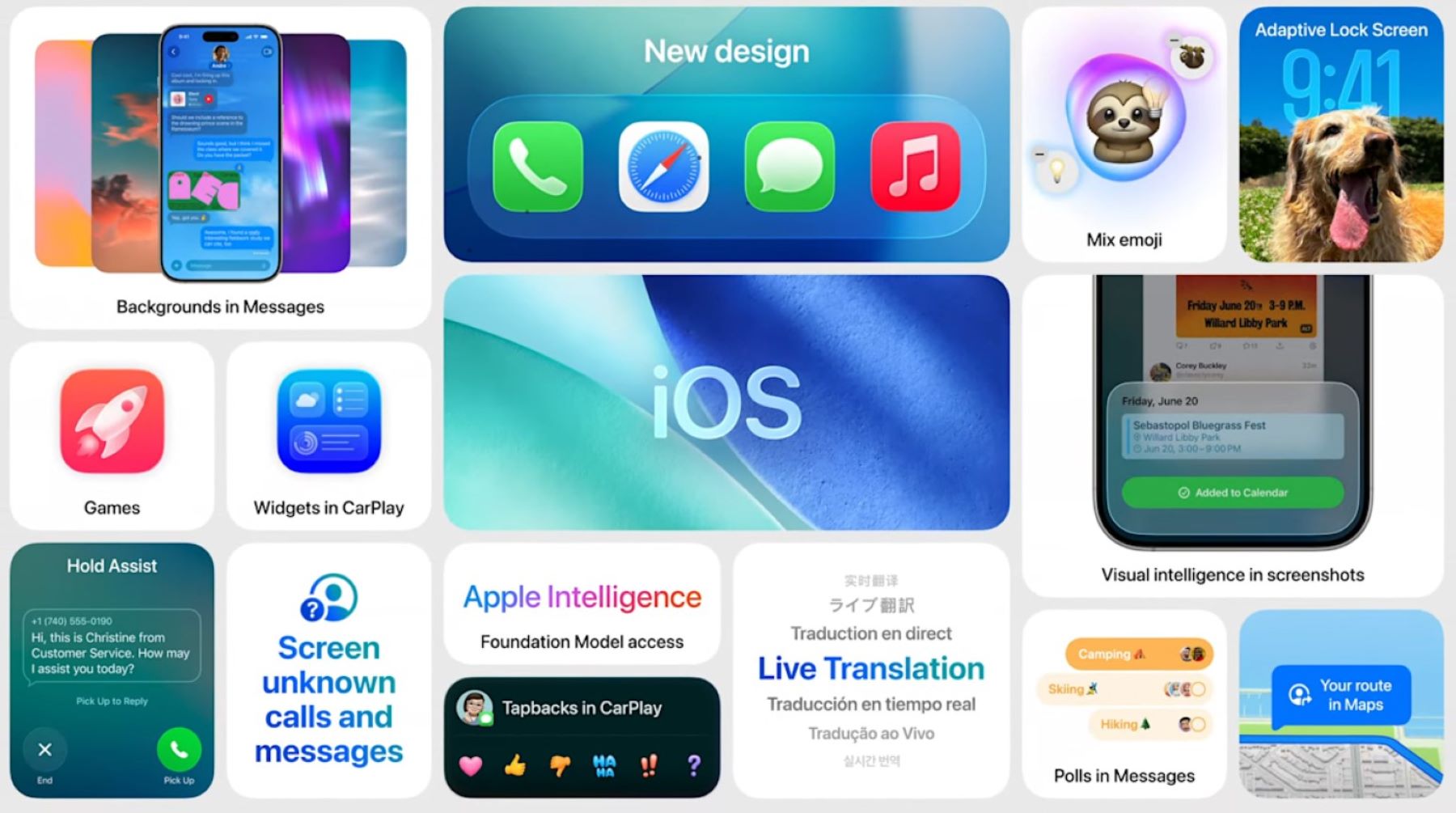NASA is currently busy with its mission Mars; the American space agency wants to turn the Red Planet into another Earth-like planet i.e. a planet where life can sustain.
This Tuesday NASA announced that it has decided to take a fresh approach for making the journey towards the Red Planet successful. However, the space agency is still wondering about the best way of establishing the human life in the planet. Here, it must be mentioned that Mars is situated 139994929.611 miles away from our planet.
To get rid of this confusion, NASA has taken an interesting decision. The agency has announced that it will be paying a sum of $5000 to people offering a fascinating Mars city ideas; reports suggest that a total of three participants will be awarded by the agency. This means people at NASA are looking for public help to take the final decision on how the Red Planet should be for being perfectly inhabitable.

The organization is referring to this unique challenge as Journey to Mars Challenge. To take part in this challenge, you will need to illustrate one or more surface systems of the Red Planet or the operations and capabilities the planet must possess for allowing establishment of an economically sustainable and technically achievable human civilization in it. The factors that can be considered to drafting city plans for Mars include communication systems, food, breathable air, water etc.
NASA, in one of its recent statements, said that the plans presented by the participants might include proposed systems (it can also be a structure with several systems integrated in it), capabilities, and approaches that will allow or increase possibilities of long trips for humans on Mars.
http://thehoopsnews.com/2015/05/07/4959/nasa-recorded-mysterious-hisses-and-whistles-for-first-time-in-50-years-video/
The presented solutions must include relevant facts and figures, analysis and assumptions; in addition, every submission must include a method of developing, testing, operating and implementing. NASA will be judging these submissions based on factors such as simplicity, creativity, relevance, feasibility, resource efficiency, scalability and comprehensiveness.
For those who are wondering why NASA has decided to transform Mars: the agency doesn’t want life on the Red Planet to be dependent on Earth for every little thing.








The image of a future Mars seems Utopian at best, and unrealistic at least. We want to transfer the scene of overcrowded urban blight and decay and transfer it to another planet. Would this Martian planet have its slums, ghettos, and trailer parks, also, included in this scenario? Instead of creating more cleaner sustainable cites, we want to dirty up another planet, so why don’t we clean up our acts here before we go and dirty up another planet.
Ms. Thomas –
Excellent points all and extremely well stated. However, the more I imagine how quickly and how thoroughly we’re capable of trashing Mars up – the more I simply have to take a tremendous leap of faith.
I’m going to force myself to believe that we’re going to do a much better job this time around. We have the knowledge and technology to be good stewards to our new home. I choose to believe that this time, we’re going to govern ourselves better and do what’s necessary to stop and/or prevent others from poisoning the new planet. Maybe a zero tolerance policy that sends people back to Earth permanently for even trying to get away with old behavior could work.
I believe that many of us have learned from past mistakes and have lived cleaner lives ever since. I’m with you, Ms. Thomas, and believe we should begin by first – cleaning up the messes we’ve made here, where-ever possible. And I believe those who partake in the cleanup have begun the process of earning the privilege of becoming eligible to travel to the new world.
Once there, they can take part in establishing the groundwork for clean future generations. At this point I can see no other responsible way.
Thank you, Ms. Thomas. Paul Martin
“However, it must be mentioned that Mars is situated 140 miles away from our planet.”
Shucks, we could almost build a bridge there if that’s true … 🙂